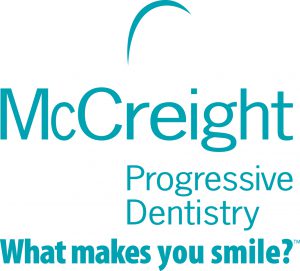
Background: The patient is a 61-year-old male who presented with concerns of halitosis. The home care routine consisted of daily tooth brushing and inconsistent flossing. Following the periodontal assessment, the patient was classified as Class III generalized periodontitis with localized Class IV due to pocket depth measurements, heavy bleeding on probing with inflamed, bulbous and erythematous tissue. The patient has a history of periodontal therapy and has maintained a 3-month recare interval.
Challenge: To reduce periodontal pathogens, a significant cause for the periodontal inflammation and halitosis.
Solution: We collected a specimen for the OralDNA® MyPerioPath® on July 13, 2017 to identify the bacterial cause and to determine the patient’s host response, a Celsus One™ was also ordered from the same specimen. Once results were analyzed, PerioProtect® trays were recommended for use 2-3x/day with doxycycline gel for 6 weeks. The goal of the trays was to reduce inflammation. The patient’s compliance with the trays reduced the inflammation significantly. The initially proposed 12 hours of non-surgical periodontal therapy, due to the patient’s high Inflammatory Index of the Celsus One, was reduced to 4 hours. The 4 hours non-surgical treatment consisted of microsonics, irrigation with CloSYS®and laser therapy. Systemic antibiotics were considered but placed on reserve just in case the patient did not respond to therapy. The home care routine was extended to include use of an electric toothbrush 2x/day, water irrigation daily and the PerioProtect® trays for maintenance 2x/day with a 1.7% peroxide gel. This treatment approach exemplifies a phrase we have coined, the McCreight Progressive Dentistry Way-MPD Way™, where each case is personalized. We consider all of our patients to be family and provide this higher quality of care for everyone.
Results: Clinically there was a significant decrease in bleeding on probing and pocket depth reduction was amazing. The MyPerioProgress™ showed pathogen reduction from 8 bacteria above threshold to 0 above threshold. I enjoy seeing a patient’s reaction when they realize they have some control over what is happening. When they do the requested increased home care and are able to reduce therapy time, they are thrilled. This re-enforces home care for maintenance. In this case, the patient’s partner was tested with a MyPerioPath® which revealed periodontal pathogens very similar to this patient; however, the partner has refused treatment at this time. This places our patient at risk for periodontal relapse especially due to the Celsus One results. We will monitor this patient very closely.

For more information on how to become an OralDNA Provider – scan HERE: 
- Case Study: Class III Moderate Periodontitis with Halitosis - November 26, 2021
- Case Study: Class III Moderate Periodontitis with Halitosis - February 16, 2018
